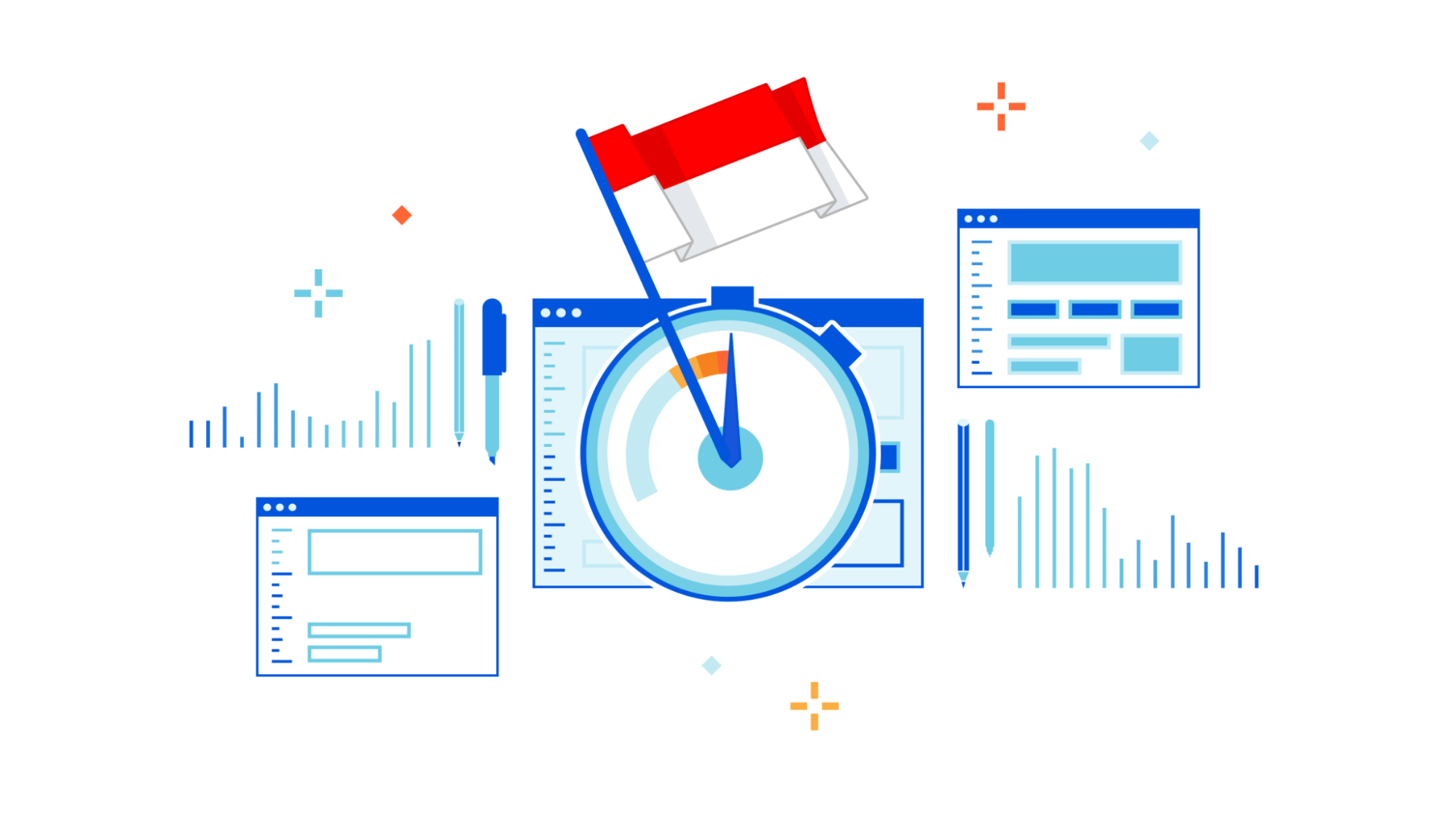Test DHCP Relaying with netlab
After figuring out how DHCP relaying works, I decided to test it out in a lab. netlab has no DHCP configuration module (at the moment); the easiest way forward seemed to be custom configuration templates combined with a few extra attributes.
Lab Topology
This is how I set up the lab:
Cloud Notes: AWS EC2
https://codingpackets.com/blog/cloud-notes-aws-ec2
Deploying Redhat Openshift and Juniper CN2 Cloud Native SDN Controller
https://github.com/kashif-nawaz/RHOCP_CN2_AI_NMState_Redfish_API
Installing RHOCP+CN2 via Assisted Installer , adding network config with NMStat and Managing Infrastructure via Redfish API & Sushi Emulator
Welcome to Security Week 2023


Last month I had the chance to attend a dinner with 56 CISOs and CSOs across a range of banking, gaming, ecommerce, and retail companies. We rotated between tables of eight people and talked about the biggest challenges those in the group were facing, and what they were most worried about around the corner. We talk to customers every day at Cloudflare, but this was a unique opportunity to listen to customers (and non-customers) talk to each other. It was a fascinating evening and a few things stood out.
The common thread that dominated the discussions was “how do I convince my business and product teams to do the things I want them to”. Surprisingly little time was spent on specific technical challenges. No one brought up a concern about recent advanced mage cart skimmers, or about protecting their new GraphQL APIs, or how to secure two different cloud vendors at once, or about the size of DDoS attacks consistently getting larger. Over and over again the conversation came back to struggles with getting humans to do the secure thing, or to not do the insecure thing.
This instantly brought to mind a major phishing attack that Cloudflare was Continue reading
Upcoming Training: How the Internet Really Works Part 1
I’m teaching How the Internet Really Works over on Safari Books Online on the 24th of March—in a couple of weeks. From the description:
This live training will provide an overview of the systems, providers, and standards bodies important to the operation of the global Internet, including the Domain Name System (DNS), the routing and transport systems, standards bodies, and registrars. For DNS, the process of a query will be considered in some detail, who pays for each server used in the resolution process, and tools engineers can use to interact DNS. For routing and transport, the role of each kind of provider will be considered, along with how they make money to cover their costs, and how engineers can interact with the global routing table (the Default Free Zone, of DFZ). Finally, registrars and standards bodies will be considered, including their organizational structure, how they generate revenue, and how to find their standards.
Worth Reading: Putting Large Language Models in Context
Another take on “what are large language models and what can we expect from them,” this time by Bruce Davie: Putting Large Language Models in Context:
My approach, at least for now, is to treat these LLM-based systems as very large, efficient collections of matchboxes–and keep working in my chosen field of networking.
Worth Reading: Putting Large Language Models in Context
Another take on “what are large language models and what can we expect from them,” this time by Bruce Davie: Putting Large Language Models in Context:
My approach, at least for now, is to treat these LLM-based systems as very large, efficient collections of matchboxes–and keep working in my chosen field of networking.
VyOS
VyOS is an open source router operating system based on Linux. This article discusses how to improve network traffic visibility on VyOS based routers using the open source Host sFlow agent.VyOS claims sFlow support, so why is it necessary to install an alternative sFlow agent? The following experiment demonstrates that there are significant issues with the VyOS sFlow implementation.
vyos@vyos:~$ show versionInstall a recent version of VyOS under VirtualBox and configure routing between two Linux virtual machines connected to eth1 and eth2 on the router. Out of band management is configured on eth0.
Version: VyOS 1.4-rolling-202301260317
Release train: current
Built by: [email protected]
Built on: Thu 26 Jan 2023 03:17 UTC
Build UUID: a95385b7-12f9-438d-b49c-b91f47ea7ab7
Build commit ID: d5ea780295ef8e
Architecture: x86_64
Boot via: installed image
System type: KVM guest
Hardware vendor: innotek GmbH
Hardware model: VirtualBox
Hardware S/N: 0
Hardware UUID: 6988d219-49a6-0a4a-9413-756b0395a73d
Copyright: VyOS maintainers and contributors
set system flow-accounting disable-imtThe above commands configure sFlow monitoring Continue reading
set system flow-accounting sflow agent-address 10.0.0.50
set system flow-accounting sflow sampling-rate 1000
set system flow-accounting sflow server 10.0.0.30 port 6343
set system flow-accounting interface eth0
set system flow-accounting interface eth1
set system flow-accounting interface eth2
Case Study: Centec MPLS Core
After receiving an e-mail from [Starry Networks], I had a chat with their founder and learned that the combination of switch silicon and software may be a good match for IPng Networks.
I got pretty enthusiastic when this new vendor claimed VxLAN, GENEVE, MPLS and GRE at 56 ports and line rate, on a really affordable budget ($4’200,- for the 56 port; and $1’650,- for the 26 port switch). This reseller is using a less known silicon vendor called [Centec], who have a lineup of ethernet chipsets. In this device, the CTC8096 (GoldenGate) is used for cost effective high density 10GbE/40GbE applications paired with 4x100GbE uplink capability. This is Centec’s fourth generation, so CTC8096 inherits the feature set from L2/L3 switching to advanced data center and metro Ethernet features with innovative enhancement. The switch chip provides up to 96x10GbE ports, or 24x40GbE, or 80x10GbE + 4x100GbE ports, inheriting from its predecessors a variety of features, including L2, L3, MPLS, VXLAN, MPLS SR, and OAM/APS. Highlights features include Telemetry, Programmability, Security and traffic management, and Network time synchronization.


After discussing basic L2, L3 and Overlay functionality in my [first post], and explored the functionality and Continue reading
Worth Reading: The War on Expertise
Jeff McLaughlin published an excellent blog post perfectly describing what we’ve been experiencing for decades: the war on expertise.
On one hand, the “business owners” force us to build complex stuff because they think they know better, on the other they blame people who know how to do it for the complex stuff that happens as the result of their requirements:
I am saying that we need to stop blaming complexity on those who manage to understand it.
Enjoy!
Worth Reading: The War on Expertise
Jeff McLaughlin published an excellent blog post perfectly describing what we’ve been experiencing for decades: the war on expertise.
On one hand, the “business owners” force us to build complex stuff because they think they know better, on the other they blame people who know how to do it for the complex stuff that happens as the result of their requirements:
I am saying that we need to stop blaming complexity on those who manage to understand it.
Enjoy!
Cloudflare’s network expansion in Indonesia


As home to over 200 million Internet users and the fourth-largest population in the world, Indonesians depend on fast and reliable Internet, but this has always been a challenging part of the world for Internet infrastructure. This has real world implications on performance and reliability (IP transit is on average 6x more expensive than our major South East Asian interconnection markets). That said, first we wanted to share what makes things challenging in Indonesia; geography, infrastructure, and market dynamics.
Geography: The Internet backbone for many countries is almost entirely delivered by terrestrial fiber optic cables, where connectivity is more affordable and easier to build when the land mass is contiguous and there is a concentrated population distribution. However, Indonesia is a collection of over 18,000 islands, spanning three time zones, and approximately 3,200 miles (5,100 km) east to west. By comparison, the United States is 2,800 miles (4,500 km) east to west. While parts of Indonesia are geographically close to Singapore (the regional Internet hub with over 60% of the region's data centers) given how large Indonesia is, much of it is far away.
Infrastructure: Indonesia is a large country and to connect it to the rest of the Internet Continue reading
Heavy Networking 669: Graphiant’s Network Edge Service Rethinks SD-WAN (Sponsored)
On today's Heavy Networking, sponsor Graphaint is here to discuss how it's rethinking SD-WAN using a Network-as-a-Service (NaaS) model to help customers consume WAN connectivity instead of setting up and operating a WAN for themselves. Graphiant combines SD-WAN mainstays such as multiple connection options and traffic policies based on applications and performance, without the operational overhead of SD-WAN tunnels. We dive into the how and why in this episode.
The post Heavy Networking 669: Graphiant’s Network Edge Service Rethinks SD-WAN (Sponsored) appeared first on Packet Pushers.
Heavy Networking 669: Graphiant’s Network Edge Service Rethinks SD-WAN (Sponsored)
On today's Heavy Networking, sponsor Graphaint is here to discuss how it's rethinking SD-WAN using a Network-as-a-Service (NaaS) model to help customers consume WAN connectivity instead of setting up and operating a WAN for themselves. Graphiant combines SD-WAN mainstays such as multiple connection options and traffic policies based on applications and performance, without the operational overhead of SD-WAN tunnels. We dive into the how and why in this episode.The Dangers of Knowing Everything

By now I’m sure you’ve heard that the Internet is obsessed with ChatGPT. I’ve been watching from the sidelines as people find more and more uses for our current favorite large language model (LLM) toy. Why a toy and not a full-blown solution to all our ills? Because ChatGPT has one glaring flaw that I can see right now that belies its immaturity. ChatGPT knows everything. Or at least it thinks it does.
Unknown Unknowns
If I asked you the answer to a basic trivia question you could probably recall it quickly. Like “who was the first president of the United States?” These are answers we have memorized over the years to things we are expected to know. History, math, and even written communication has questions and answers like this. Even in an age of access to search engines we’re still expected to know basic things and have near-instant recall.
What if I asked you a trivia question you didn’t know the answer to? Like “what is the name of the metal cap at the end of a pencil?” You’d likely go look it up on a search engine or on some form of encyclopedia. You don’t know Continue reading
